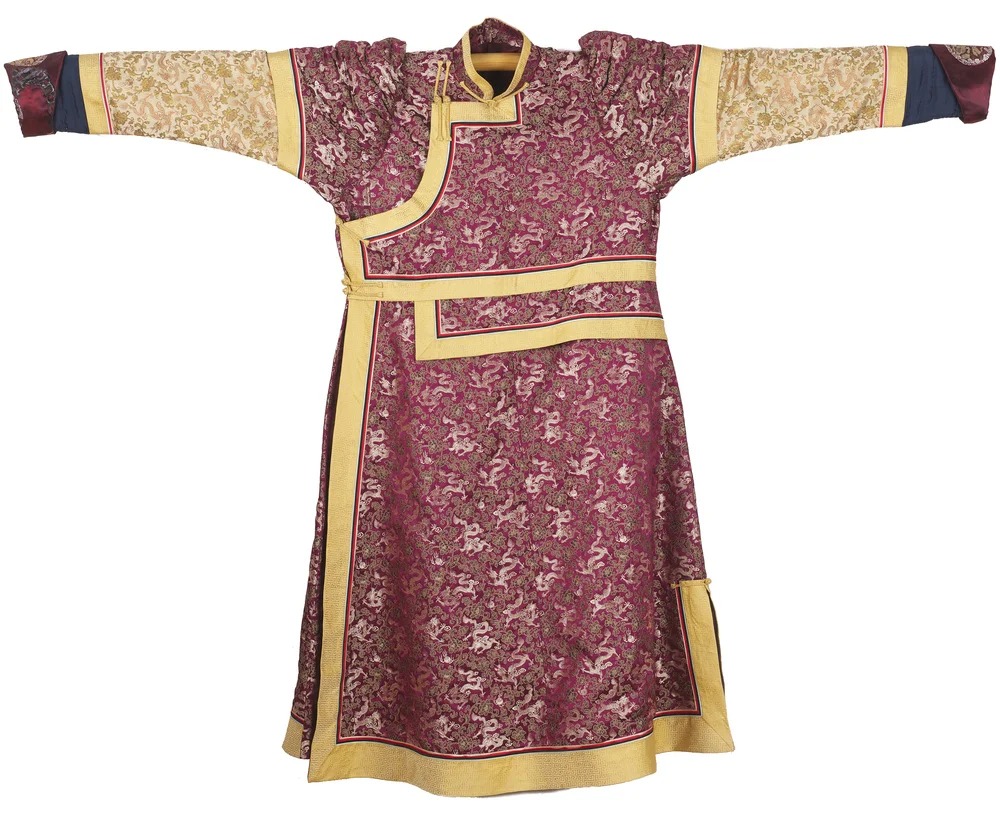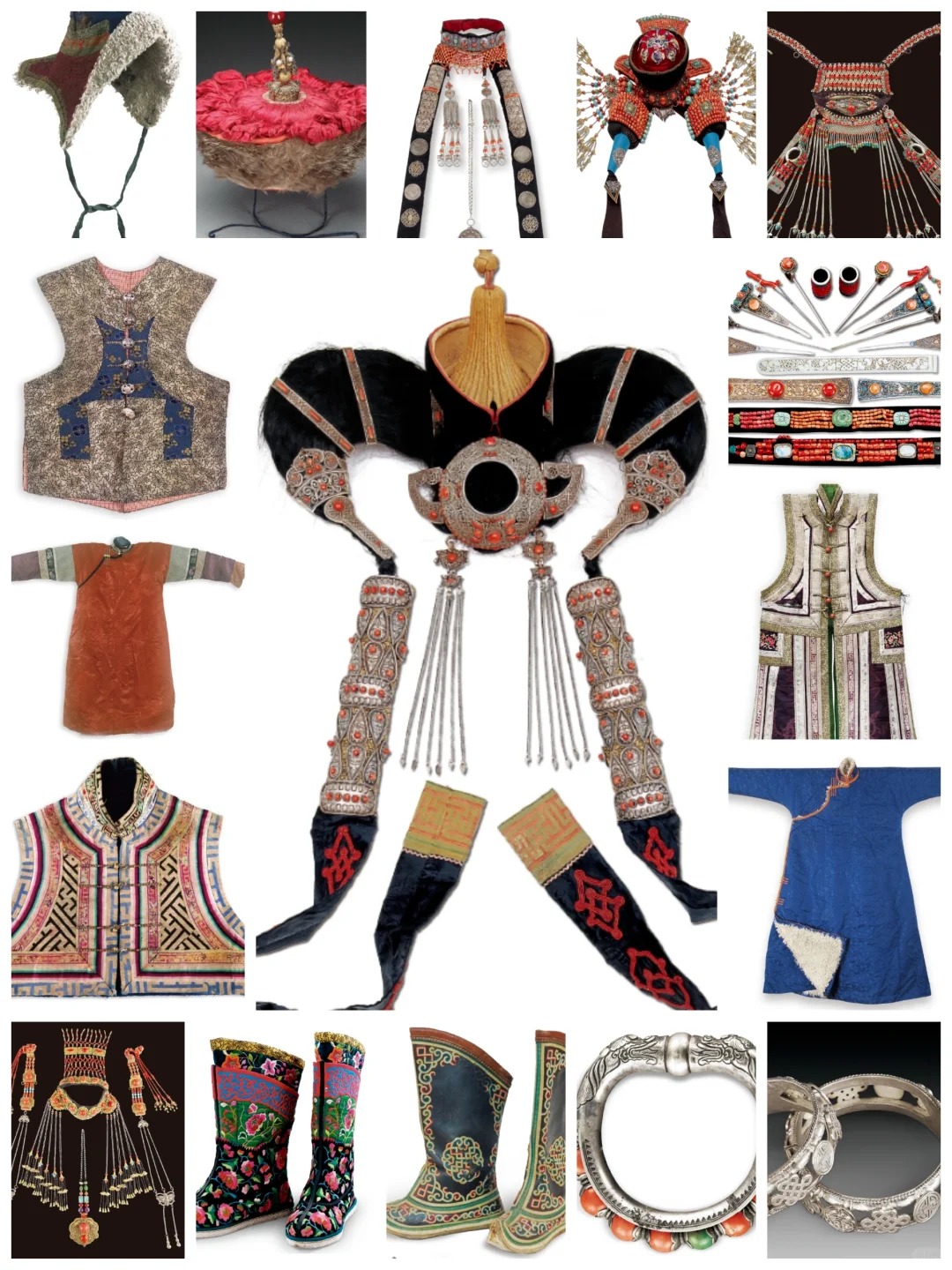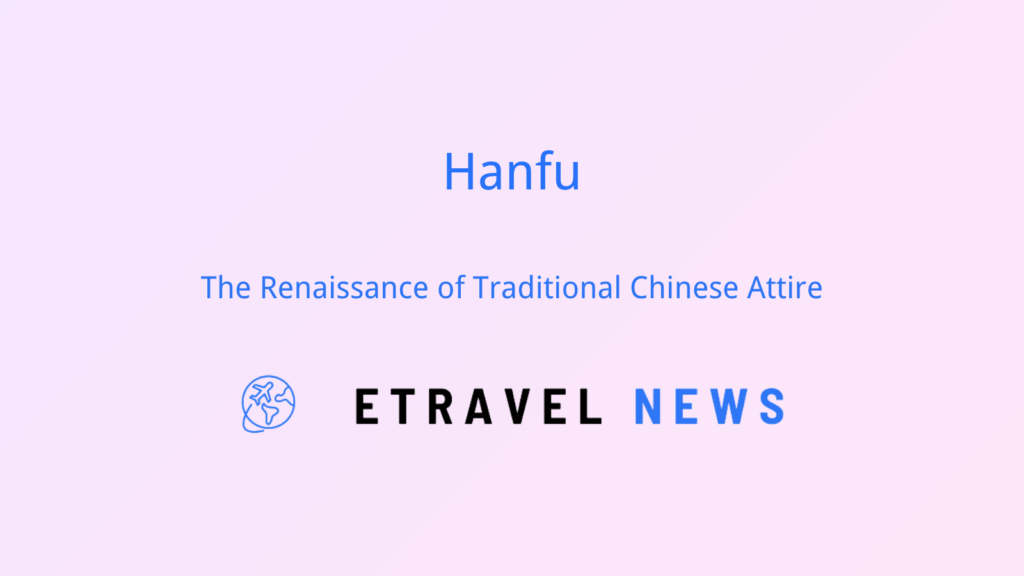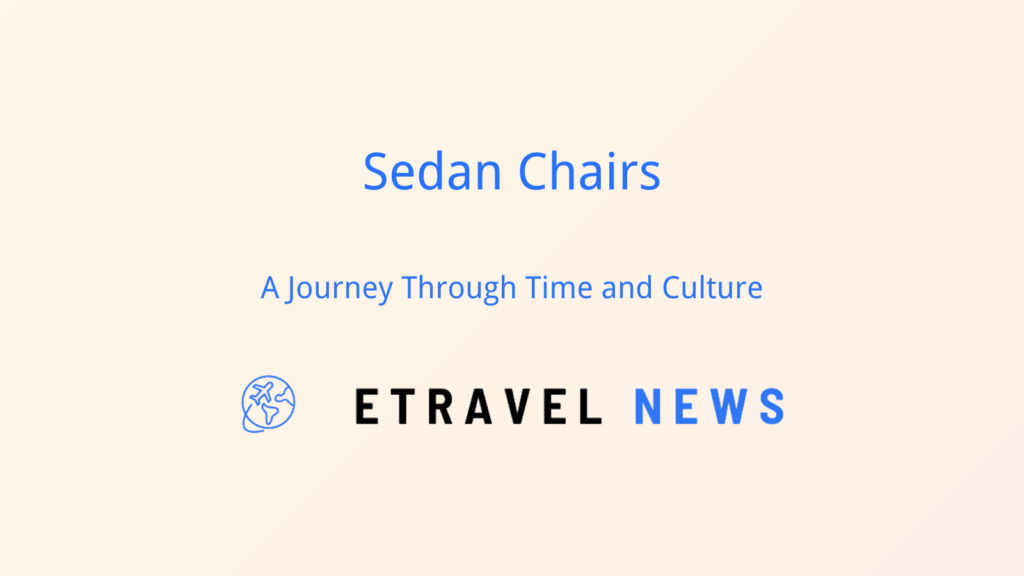Introduction to Mongolian Traditional Clothing
Mongolia’s vast steppes have shaped a unique nomadic culture, where clothing plays a crucial role in both practicality and identity. Mongolian attire reflects the harsh climate and nomadic lifestyle, combining functionality with rich cultural symbolism.
Traditional Mongolian clothing is characterized by its:
- Layered construction for warmth and versatility
- Loose fit to allow ease of movement
- Vibrant colors and intricate embroidery
- Adaptability to various weather conditions
These garments not only protect against the elements but also serve as a visual representation of Mongolian heritage and cultural pride.

The Deel: The Iconic Mongolian Garment
The deel is the cornerstone of Mongolian traditional dress. This long, loose-fitting robe-like garment is worn by both men and women and has remained largely unchanged for centuries.
Key features of the deel include:
- A high collar for protection against wind and sun
- Overlapping front panels secured with buttons or ties
- Long sleeves that extend past the hands for warmth
- A wide sash (bus) wrapped around the waist
Deels vary based on season and occasion:
- Summer deels are made of lightweight fabrics like silk or cotton
- Winter deels are lined with sheepskin or fur for insulation
- Formal deels feature elaborate embroidery and expensive materials
To wear a deel properly, one must wrap the right panel over the left and secure it with ties or buttons. The sash is then wound tightly around the waist, creating a pouch-like space (huveh) used for carrying small items.
The deel symbolizes Mongolian identity and resilience, embodying the spirit of the nomadic lifestyle.

Headwear in Mongolian Culture
Headwear holds immense cultural significance in Mongolia. The hat is considered the most honored part of the outfit and is treated with great respect.
Traditional Mongolian hats include:
- Loovuuz: A tall, pointed hat often adorned with red tassels
- Toortsog: A flat-topped hat with upturned sides, popular among men
- Janlavch: A fur-trimmed hat with ear flaps for winter
Hat etiquette is crucial in Mongolian culture:
- Never touch another person’s hat
- Avoid placing a hat on the ground
- Pass a hat with both hands as a sign of respect
Special occasion headwear, such as the ornate wedding headdresses worn by brides, showcase intricate metalwork and precious stones, reflecting the wearer’s social status and regional traditions.

Footwear and Accessories
| Item | Description | Significance |
|---|---|---|
| Gutal (boots) | Leather boots with upturned toes | Practical for horseback riding, symbolic of nomadic lifestyle |
| Sash (bus) | Wide belt wrapped around the waist | Holds the deel in place, used for carrying items |
| Jewelry | Silver ornaments, coral beads | Decorative, often with protective symbolism |
| Snuff bottle | Small container for tobacco | Social tool, sign of hospitality |
These accessories complement the deel and serve both practical and cultural purposes. The upturned toes of the gutal, for instance, are said to prevent harm to the grasslands, reflecting the Mongolian respect for nature.
Regional Variations and Ethnic Differences
Mongolia’s diverse ethnic groups each have their unique clothing styles:
- Khalkha Mongols: The largest group, known for the classic deel design
- Kazakh Mongols: Incorporate more Islamic influences in their attire
- Tsaatan (Reindeer People): Use reindeer hide in their clothing
Geographic factors also influence clothing design:
- Northern regions favor heavier materials and fur trims
- Southern areas use lighter fabrics and brighter colors
Urban areas have seen a blend of traditional and modern styles, while rural regions tend to maintain more traditional dress, especially for special occasions.

Modern Adaptations of Mongolian Clothing
Contemporary Mongolia has witnessed an evolution in traditional clothing:
- Shortened deels for everyday urban wear
- Incorporation of traditional patterns in modern fashion
- Use of synthetic materials alongside traditional fabrics
Fashion designers are finding innovative ways to blend Mongolian motifs with contemporary styles, creating a unique fusion that appeals to younger generations while honoring cultural heritage.
Efforts to preserve traditional clothing culture include:
- National costume festivals
- School programs teaching traditional garment-making
- Government initiatives promoting cultural dress on special occasions
Practical Information for Travelers
Visitors to Mongolia can experience traditional clothing through:
- Cultural shows and festivals, especially during Naadam (July)
- Visits to local markets and craft shops
- Homestays with nomadic families
Many tourist centers offer opportunities to try on traditional Mongolian attire. When doing so, remember to treat the clothing, especially hats, with respect.
For those wishing to purchase traditional garments:
- The State Department Store in Ulaanbaatar offers quality, authentic items
- Local markets provide more affordable options, but quality may vary
- Custom-made deels are available from skilled tailors for a unique souvenir
By understanding and appreciating Mongolian traditional clothing, visitors can gain deeper insights into this fascinating nomadic culture and its enduring connection to the vast Mongolian steppes.





